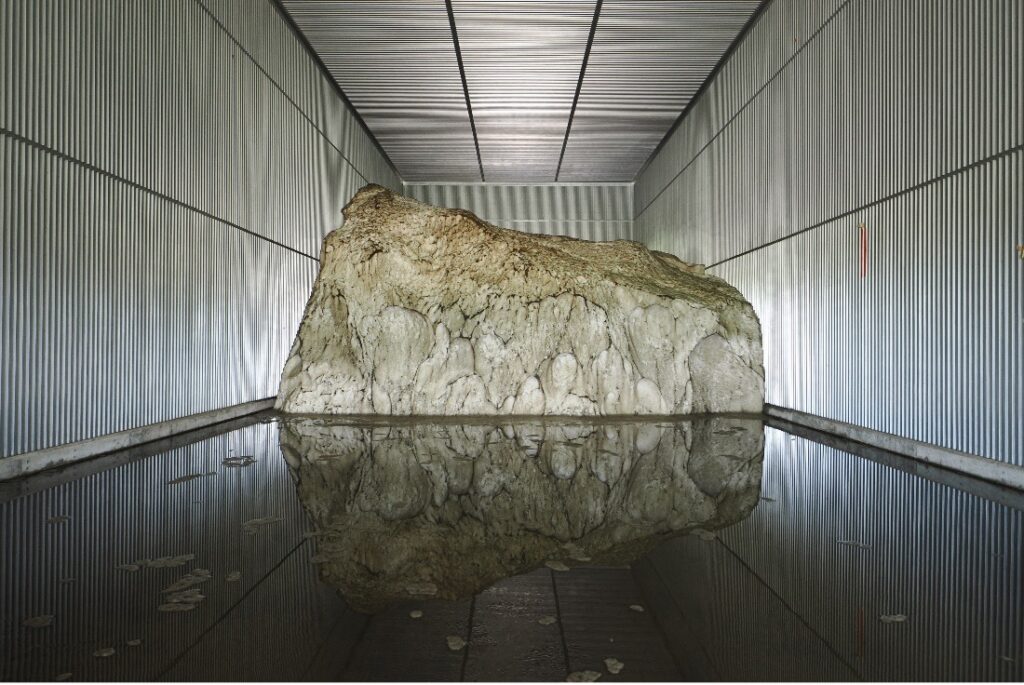Davronova Farangis
Embarking on a study tour through Hokkaido gifted me with the chance to witness innovation and sustainability intertwined in the region’s fabric. From the groundbreaking JA Youtei Special Cold Storage Facility for Rice & Grain to Niseko’s exemplary waste management practices, the journey was a masterclass in how responsible living can be seamlessly integrated into diverse facets of society.
In the realm of agriculture and food preservation, innovation continues to play a pivotal role in ensuring food security and reducing wastage. One such innovation that has garnered attention is the JA Youtei special cold storage facility for rice. Snow cold—renewable energy in a town with heavy snowfall. This is the first snow-cooled rice storage facility in the Shiribeshi region. This facility takes advantage of the heavy local snowfall and consists of a rice storeroom and snow. Cold water from stored snow is sent to heat exchangers, which cool the rice storeroom(Cooling the rice storeroom directly with snow is not suitable for rice storage as this raises the humidity). The facility can store 1,300 tons of snow, with snow brought in every March and the remaining melt snow removed around September. Usually, half of the stored snow is left even after the summer season.
According to Niseko Town’s trial calculation, the use of snow cold reduces more than 100 tons of CO2 emissions per year.
This state-of-the-art storage solution is not only redefining the way we store agricultural produce but is also contributing significantly to maintaining the quality and freshness of rice and grain crops and eliminating the need for harmful chemicals that are commonly used in traditional storage methods. I believe commitment to sustainability is evident in this project it can be seen in its energy-efficient design and reduced carbon footprint. As technology evolves, there is potential for further integration of renewable energy sources and smart systems to optimize the facility’s operations.






